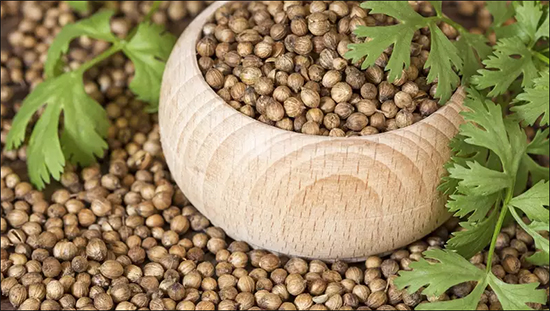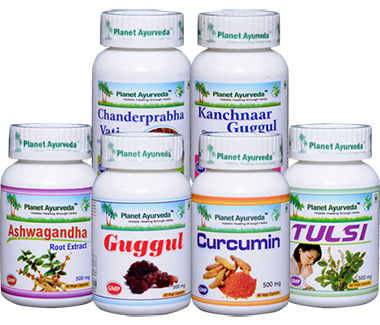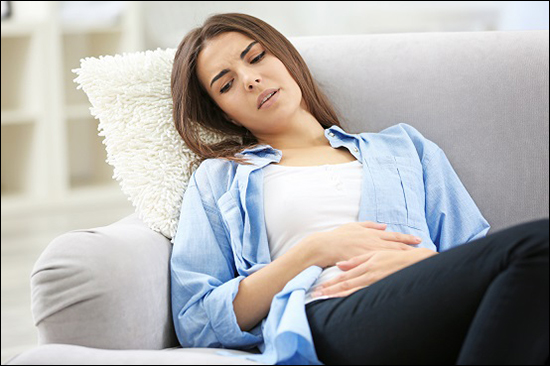Bilateral sacroiliitis is defined as inflammation of the sacroiliac joint. One or both joints may be affected. The joints affected are mostly present at the lower part of the spine which connects to pelvis area.
Pain is present mostly in buttocks or lower back, and extend down up to legs (one or both). Other areas affected are lower back, hips, and feet (rarely). Prolonged standing or stair climbing makes the pain worse.
This disorder is mainly related to the spinal column. It is categorized under spondyloarthropathy which includes ankylosing spondylitis, psoriatic arthritis, arthritis, and many more.

CAUSES OF BILATERAL SACROILIITIS
- Ankylosing spondylitis: It is a progressive form of inflammatory arthritis. It mostly affects the spine and hips. One of an early sign of this is sacroiliitis. It’s not necessary that all people who suffer from sacroiliitis have ankylosing spondylitis.
- Trauma: A sudden trauma or injury to sacroiliac joint can cause inflammation and the swelling leads to sacroiliitis.
- Osteoarthritis: It is another cause of sacroiliitis. The swelling and inflammation of sacroiliac joints.
- Pregnancy: During pregnancy, the sacroiliac joints stretch for the growth of the baby. This may cause stress over the joint and cause sacroiliitis.
- Infection: Due to certain infections, joints become inflamed and cause sacroiliitis.
- UTI infection
- Endocarditis
- IV drug addiction
- Genetic factor
SYMPTOMS OF BILATERAL SACROILIITIS
- Severe pain in lower back or buttocks. It affects from groin to feet area.
- Slight fever
- Stiffness in the hips and lower back.
PAIN GETS AGGRAVATE DUE TO THE FOLLOWING CONDITION
- Standing or sitting for a long period of time.
- Standing by putting weight on one leg.
- Running
- Climbing the stairs
- Turning over bed
- Running
- Weight-bearing activities
COMPLICATION
- Chronic pain
- Depression
- Insomnia
DIAGNOSIS
- Physical examination: in physical examination, the area of pain is diagnosed by pressing points on hips and buttocks. Doctor shall stress your leg for checking movements.
- X-ray
- MRI
- Use of anesthetic drugs can give relief from pain. This is a test for sacroiliac joints.
- Test for infection
- CRP or ESR test
TREATMENT
- Painkillers
- Muscle relaxants: Medicines like cyclobenzaprine helps to reduce muscle spasm.
- TNF inhibitor- Humira or infliximab helps to relieve sacroiliitis associated with ankylosing spondylitis.
Therapy
To maintain joint flexibility exercise and stretching to strengthen muscles.
Surgical Procedure
- Injections in joints. To reduce inflammation and pain of the joints, injections like corticosteroids are injected. As steroids can weaken your tendons and joint's bones, few injections are given in a year.
- Radiofrequency denervation. By using Radiofrequency energy one can damage or destroy nerve tissue causing your pain.
- Stimulation by electric stimulator- In the sacrum by implanting electrical stimulator pain caused by sacroiliitis can be reduced.
- Joint fusion. Metal hardware used to fuse two bones together can sometimes relieve sacroiliitis pain. It is rarely used.
Lifestyles
- Have proper rest- prevent or avoid activities that make the pain worse.
- Proper posture should be maintained while sitting or standing.
- Alternate use of ice packs and heat to relieve inflammation.
Exercises
- Hip flexion exercise
- Hip adduction exercise
- Yoga
Diet
- A healthy diet should be followed which consist of all nutrients.
- A diet rich in omega -3 fatty acids
- Eat a lot of fresh fruits and vegetables
- Use of olive oil for cooking purpose
Home Remedies
- You can take a sunbath during the pain.
- Make a powder of 5 to 10 grams of fenugreek seeds and take it with water in the morning.
- Take 4 to 5 garlic buds in a bowl and boil and drink.
- Massaging the garlic juice with camphor also provides relief from pain.
- Massaging with red oil is also comfortable.
- Mix turmeric in hot milk and drink it two to three times a day.
- Aloe vera gel is considered to treat all diseases. After pain in the joints, cut off aloe vera leaves and place its gel where the pain occurs. This will provide great relief in the pain.
- Massage the hot vinegar on the area affected by pain before sleeping.
- Keep the amount of water balanced in the body.
AYURVEDA VIEW
According to Ayurveda, this problem is caused due to Vata doshas and accumulation of ama doshas in the different parts of the body. Ama is formed in the stomach and it moves to joints of hips and sacrum joint and due to ama (toxins), pain and inflammation of joints occur which cause sacroiliitis. So Ayurveda manages aggravated Vata doshas and eliminates ama doshas to get relief from this problem.
PANCHAKARMA TREATMENT
- Snehana ( oleation), svedana( sudation) , and mridu virechna is a line of treatment in vata vyadhi such as sacroiliitis.
- Tiktadi kshira basti is also indicated
TREATMENT OF BILATERAL SACROILIITIS IN AYURVEDA BY PLANET AYURVEDA
Herbal Remedies for Bilateral Sacroiliitis

1. Chanderprabha Vati
This herbal supplement is extremely effective in fighting away the pain and swelling of the bilateral sacroiliitis. Also, this medicine helps to treat the disorder right from the roots. This tablet helps in maintaining the overall health of the individuals.
It is made up of a lot of following component herbs:
- Guggul (Commiphora mukul)
- Vacha (Acorus calamus)
- Mustak (Cyprus rotundus)
- Haridra (Curcuma longa)
- Amalaki (Emblica officinalis)
- Chavya (Piper chaba)
- Vidanga (Embelia ribes)
- Giloy (Tinospora cordifolia)
- Shunthi (Zingiber officinalis)
- Maricha (Piper nigrum)
- Pippali (Piper longum)
Dosage: 2 tablets two times daily with water after 30 mins of the meals.
2. Bone Support Capsules
These herbal capsules help in maintaining healthy bones and healthy skeletal systems of the human body.
The component herbs of these capsules are the following:
- Shudh Laksha (Laccifer lacca)
- Suhanjana Beej (Moringa oleifera)
- Hadjod (Cissus quadrangular)
- Arjun (Terminalia arjuna)
- Praval pisti (Corallium rubrum)
- Mukta (Pearl calcium)
Dosage: 2 capsules two times daily with water after 30 mins of the meals.
3. Boswellia Curcumin Capsules
These capsules are extremely effective for fighting away the main symptom of inflammation of, bilateral sacroiliitis. These capsules help in maintaining the health of the joints and bones considerably. This also helps in maintaining the overall health of the individuals as well.
The constituent herbs of this herbal supplement are the following:
- Shallaki (Boswellia serrata)
- Curcumin (Curcuma longa)
Dosage: 2 capsules two times daily with water after 30 mins of the meals.
Thus, these herbal supplements play a vital role in eliminating the pain and inflammation of the joints to a huge extent. Also, these help in maintaining the health of the bones, joints, muscles and the entire skeletal system of human beings.
4. Amavatantak Churna
Amavatantak churna contains herbs like ashwagandha, methika, shonth, gorakhmundi etc. These medicines are Anti-inflammatory, Analgesic, Antioxidant, and Immunity booster so help to reduce pain, tenderness, inflammation of the joints and gives relief. Aamvatantak churn also helps in the nourishment of joints and gives strength to the joints as well as the body.
Directions of use: 1/2 to 1 teaspoonful twice daily, after meals with plain water or Aloe vera juice or Kumari Saar or as directed by the Physician.























